#book christine
Text
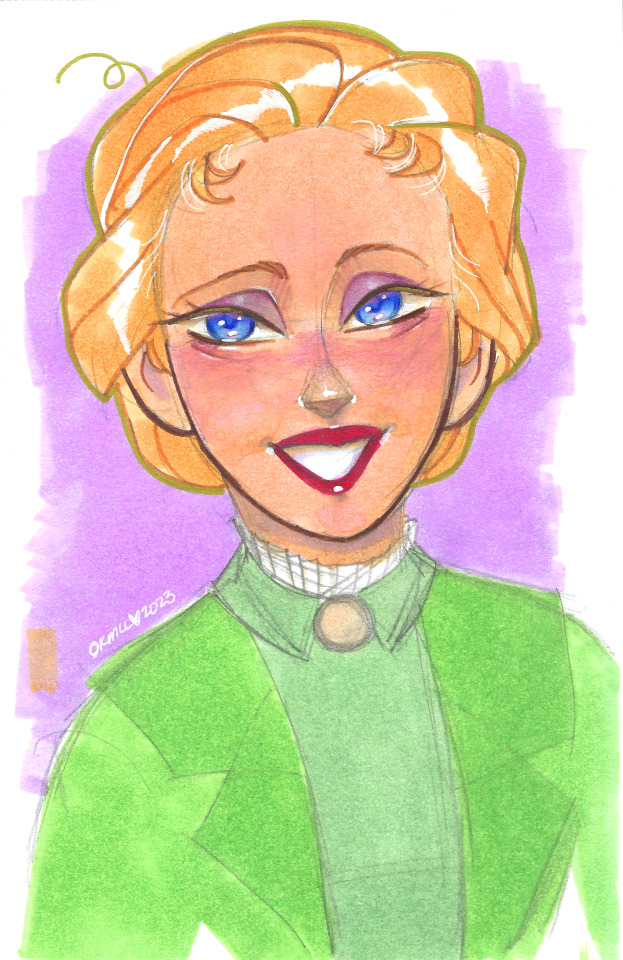
I got some Kingart alcohol markers and tested them out on this doodle of Christine. The skin tones are a lot pinker in real life. My scanner KILLED the pink, but it actually looks better as a skin tone, now. The markers are CHEAP and work as nice as copics, so I suggest looking for them at your local TJ Maxx!
17 notes
·
View notes
Text
As someone who was insulted in a theater room in front of a lot of people, and is, against all logic, not that mad about it, book Christine is not that bad.
5 notes
·
View notes
Text
edit just realized i forgot video game. sorry guys
10K notes
·
View notes
Text
I love you hated female characters. I love you female characters who are flawed. I love you female characters who mess up and try to do the right thing after. I love you female characters who get the undeserved vitriol from fans. I love you female characters who fans completely condemn because of one mistake they made. I love you female characters who fans completely condemn because of one mistake they made as a child. I love you female characters who people blame for ripping apart their ships instead of the larger forces that be. I love you female characters who get all the hate as the male characters who do worse in canon get absolutely none. I love you female characters who get hated on because they told a man “no.”
#feminism#books#female characters#literature#theatre#Amy March#if you can think of any let me know#Sansa Stark#Briony Tallis#cosette fauchelevent#Christine Daae#Lily Evans#nesta archeron#Georgiana Dymov#George Dymov#elain archeron#edwina sharma
9K notes
·
View notes
Text

it's immensely funny to me how andrew lloyd webber read this passage from the book and was like yeah the journey down to the phantom's lair is this really breathtaking magical gondola ride where christine is just captivated by the strange and fantastical beauty of it all (see below)

when in the novel they're both like in a rowboat in the dark with christine scared out of her mind and confused as hell while erik is paddling like he's out for an extreme day of fishing and just staring christine down for the entire duration of the journey without blinking once . like mind you his eyes quite literally GLOW in the DARK and he's just fucking staring into her soul and silently rowing and probably not even breathing like
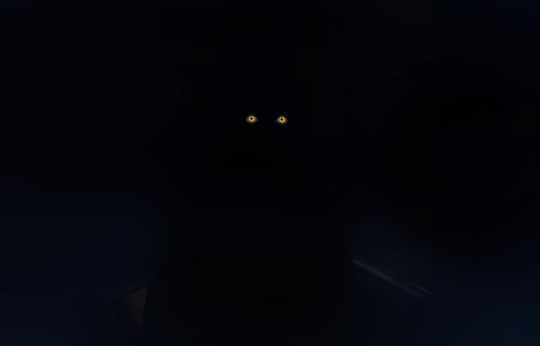
#AND IT'S SOMEHOW STILL HOT#i always forget that by this point in the book there's no “i am your angel of music / come to me angel of music” like in the musical#like she has no idea who this mf kidnapping her is and when she says “who are you where is the voice” he's just like 🙄#and when she DOES find out that *he's* the voice and he's been pretending to be an angel sent by her dead father for 3 months#it's when he's just set her down in his sitting room that's filled with a bunch of stupid pretentious flowers#and he's like “don't be afraid you're in no danger” despite the fact that she's been taken FIVE STORIES BENEATH THE OPERA against her will#by the guy who's been manipulating and lying to her through the goddamn walls#ohhhhhhhh and then fans have the audacity to get mad at christine for trying to snatch his mask like THIS MF ABDUCTED HER????#(still love him though <3)#(his morals are questionable but so is my interest in men😍)#phantom of the opera#poto#poto shitpost
634 notes
·
View notes
Text
Please reblog if you can so I can get a larger sample size
Feel free to put any clarifications in the tags (I’d be very grateful) <3
#mine#polls#not books#disability#disabled#chronic pain#chronic fatigue#physical disability#physically disabled#spoonie#spoon theory#cerebral palsy#mobility issues#physically impaired#christine miserandino#spoons#out of spoons
3K notes
·
View notes
Text
Taylor Swift is a Female Rage icon? Get a Grip.
I’ve just received word that Taylor Swift is calling her show “Female Rage: The Musical.” Here is my very much pissed off response to that nonsense:
The phrase, Female Rage has an intimately rich history:
Some of the first accounts of female rage dates to the Italian renaissance. To be clear, women in those days were not allowed to become painters- the arts were seen as the domain of men. They did not believe that women have rich inner lives capable of delivering the type of artistic innovation with which renaissance men were obsessed.
However, rebels abounded, through the might of their fucking rage. Several women created some of the most compellingly emotional paintings I’ve ever fucking seen. They did it without permission, without financial support, and often under the threat of punishment. They did it as a protest. In paintings like “Timoclea Killing Her Rapist” by Elisabetta Sirani (1659), and another by Artemisia Gentileschi “Slaying of Holofernes” (1612) as it depicts the bravery of Judith as she slayed a traveling warlord out to rape Judith and enslave her city. The painting often is referred to as a way Artemisia was envisioning herself as slaying her rapist. These paintings were used against these women as proof that they were unfeminine- and far too angry. Both these women suffered immensely for their audacity to call attention to the violation men perpetrated on them. Female Rage bleeds off these paintings- bleeds right through to the bone-deep acknowledgement of the injustice women faced being barred from the arts and having their humanity violated in such a sick way. Both women were hated- and considered far too angry.
In philosophy, also as early as the 15th century, an example of female rage is a philosophical text, often hailed as one of the first feminists works in the western world, written by Christine de Pizan titled The City of Ladies (1405). She wrote in protest on the state of women- writing that “men who have slandered the opposite sex out of envy have usually know women who were cleverer and more virtuous than they are” (“The City of Ladies”). People mocked her all her life- but she stood fast to her convictions. She was widowed at a young age with children to feed and the men wouldn’t let women have jobs! She wrote this book and sold it so that she could feed her family- and to protest the treatment of women as lesser than men. Her work was called aggressive and unkempt- they said she was far too angry.
In the 18th century, a young Mary Wollstonecraft wrote, A Vindication of the Right of Women ( 1792) upon learning that the civil rights won in the French Revolution did not extend to women! She wrote in protest of the unjust ways other philosophers (like Rousseau) spoke about the state of women- as if they were lesser. She wrote to advocate for women’s right to education, which they did not yet have the right to! She wrote to advocate for the advancement of women’s ability to have their own property and their own lives! The reception of this text, by the general public, lead to a campaign against Wollstonecraft- calling her “aggressive” and far too angry.
Moving into modernity, the 1960’s, and into literary examples, Maya Angelou publishes I know why the caged Bird Sings (1969) in which she discusses the fraught youth of a girl unprotected in the world. It beautifully, and heart-wrenchingly, described growing up in the American South during the 1930’s as it subjected her to the intersection of racism and sexism. The story is an autobiographical account of her own childhood, which explains how patriarchal social standards nearly destroyed her life. Upon the reception of her book, men mostly called it “overly emotional” and far too angry. Maya Angelou persisted. She did not back down from the honesty with which she shared her life- the raw, painful truth. With Literature, she regained a voice in the world.
Interwoven into each of the examples I have pulled out here, is the underlying rage of women who want to be seen as human beings, with souls, dreams and hopes, yet are not seen as full members of society at the behest of men. They take all that rage, building up in their souls, and shift it to create something beautiful: positive change. Each of these cases, I have outlined above, made remarkable strides for the women as a whole- we still feel the impact of their work today. They were so god-damn passionate, so full of righteous anger, it burst out into heart-stopping, culture-shifting art. Feminine rage is therefore grounded in experiences of injustice and abuse- yet marked too by its ability to advocate for women's rights. It cannot be historically transmogrified away from these issues- though Taylor Swift is doing her best to assert female rage as pitifully dull, full of self-deprecation, and sadness over simply being single or losing money. She trivializes the seriousness with which women have pled their cases of real, painful injustice and suffering to the masses time and time again. The examples above deal with subjects of rape, governmental tyranny, and issues of patriarchally inspired social conditioning to accept women as less human than men. It is a deadly serious topic, one in which women have raised their goddamn voices for centuries to decry- and say instead, “I am human, I matter, and men have no right to violate my mind, body, or soul.”
The depictions of female rage over the last few centuries, crossing through many cultures, is an array of outright anger, fearsome rage, and into utter despair. The one unyielding, solid underpinning, however, is that the texts are depicting the complete agency of the women in question. The one uniting aspect of female rage is that it must be a reaction to injustice; instead of how male depictions of female rage function, (think Ophelia), the women are the agents of their art with female made- female rage. They push forth the meaning through their own will- not as subjects of male desires or abuses, but as their own selves. That is what makes the phrase so empowering. They are showing their souls as a form of protest to the men who treat women like we have no soul to speak of.
Taylor Swift’s so-called female rage is a farce in comparison. Let’s look at an example: “Mad Woman” (2020). I pull this example, and not something from her TTPD set, because this is one of the earliest examples of her using the phrase female rage to describe her dumb music. (Taylor Swift talking about "mad woman" | folklore : the long pond studio sessions (youtube.com)
The lyrics from “Mad Woman” read “Every time you call me crazy, I get more crazy/... And when you say I seem angry, I get more angry”
How exactly is agreeing with someone that you are “crazy” a type of female rage in which she’s protesting the patriarchy. The patriarchy has a long history of calling women “insane” if they do not behave according to the will of men. So, how is her agreeing with the people calling her crazy- at all subversive in the way that artworks, typically associated with concept of female rage, are subversive. What is she protesting? NOTHING.
Then later, she agrees, again, that she's “angry.” The issue I draw here is that she’s not actually explicating anything within the music itself that she’s angry about- she just keeps saying she's angry over and over, thus the line falls flat. The only thing this anger connects to is the idea of someone calling her angry- which then makes her agree that she is... angry. So, despite it being convoluted, it’s also just not actually making any kind of identifiable point about society or the patriarchy- so again, I beg, what on Earth makes this count as Female Rage?
In essence, she is doing the opposite of what the examples above showcase. In letting an outside, presumably male, figure tell Taylor Swift what she is feeling, and her explicit acceptance of feeling “crazy” and “angry,” she is ultimately corroborating the patriarchy not protesting it. Her center of agency comes from assignment of feelings outside of herself and her intrinsic agreement with that assignment; whereas female rage is truly contingent on the internal state, required as within our own selves, of female agency. As I stated above, the women making female rage art must have an explicit agency throughout the work. Taylor Swift’s song simply does not measure up to this standard.
Her finishing remarks corroborates the fact that she's agreeing with this patriarchal standard of a "mad" or crazy woman:
"No one likes a mad woman/ You made her like that"
Again, this line outsources agency through saying "you made her like that" thus removing any possibility of this song being legitimate female rage. There is simply no agency assigned to the woman in the song- nor does the song ever explicitly comment on a social issue or protestation of some grievous injury to women's personhood.
She honestly not even being clever- she's just rhyming the word “crazy” with “crazy.” Then later rhyming “angry” with “angry.” Groundbreaking stuff here.
Perhaps Taylor Swift is angry, in “Mad Woman,” but it is not the same type of rage established in the philosophical concept of female rage of which art historians, philosophers, and literary critics speak. Instead, it is the rage of a businesswoman that got a bad deal- but it is not Female Rage as scholars would identify it. In “Mad Woman” I fear her anger is shallow, and only centered on material loss- through damaging business deals or bad business partners. She is not, however, discussing what someone like Christine de Pizan was discussing by making a case for the concept that woman also have souls like men do. In her book, she had to argue that women have souls, because men were unconvinced of that. Do you see the difference? I am saying that Swift’s concerns are purely monetary and material, whereas true examples of female rage center on injustice done against their personhood- as affront to human rights. Clearly, both things can make someone mad- but I’d argue the violation of human rights is more serious- thus more deserving of the title “Female Rage.”
Simply put, Taylor Swift is not talking about anything serious, or specific, enough to launch her into the halls of fame for "Female Rage" art. She's mad, sure, but she's mad the way a CEO gets mad about losing a million dollars. She's not mad about women's position in society- or even just in the music industry.
She does this a lot. The album of “Reputation” was described as female rage. Songs in “Folklore” were described as female rage. Now, she’s using the term to describe TTPD, which is the most self-centered, ego-driven music I’ve heard in a long time.
Comparing the injustice, and complete subjugation, of women’s lives- to being dumped by a man or getting a bad deal- wherein she is still one of the most powerful women of the planet- is not only laughable, but offensive.
#anti taylor swift#taylor swift critical#ex swiftie#mad woman#folklore#maya angelou#christine de pizan#artemisia gentileschi#mary wollstonecraft#Elisabetta Sirani#art history#books and literature#feminist#feminism#female rage#taylor swift#activism#toxic swifties#toxic taylor swift#philosophy#fuck Rousseau
309 notes
·
View notes
Text

#be more chill#bmc musical#bmc#bmc jeremy#bmc book#be more chill book#be more chill broadway#jeremy heere#christine canigula#the squip#bmc squip#be more chill squip
312 notes
·
View notes
Text
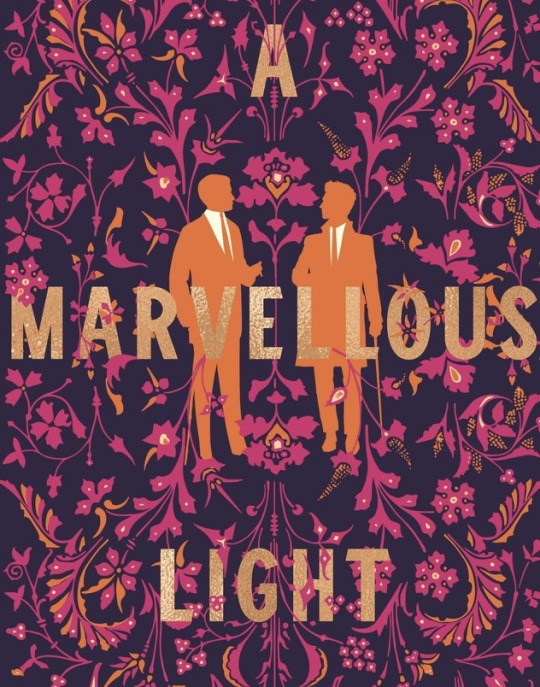





The Last Binding Trilogy Cover Art - William Morris designs
I love how beautiful these covers are, and I love how William Morris is used throughout the books in little ways.
#the last binding#freya marske#william morris#christine foltzer#a power unbound#a restless truth#a marvellous light#books#bookblr#arts and crafts
407 notes
·
View notes
Text

I forgot to post this one :(. I really liked the way Christine's hair turned out, it is so majestic lol
#art#artists on tumblr#fanart#book#painting#drawing#erik the phantom#the phantom of the opera#phantom of the opera#christine daae#erik poto#erik destler
565 notes
·
View notes
Text
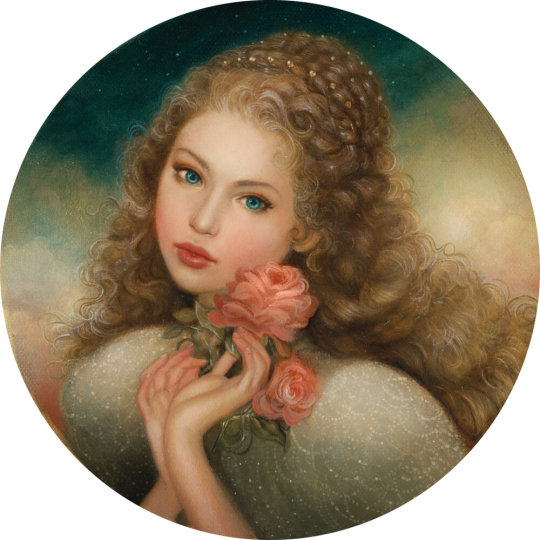

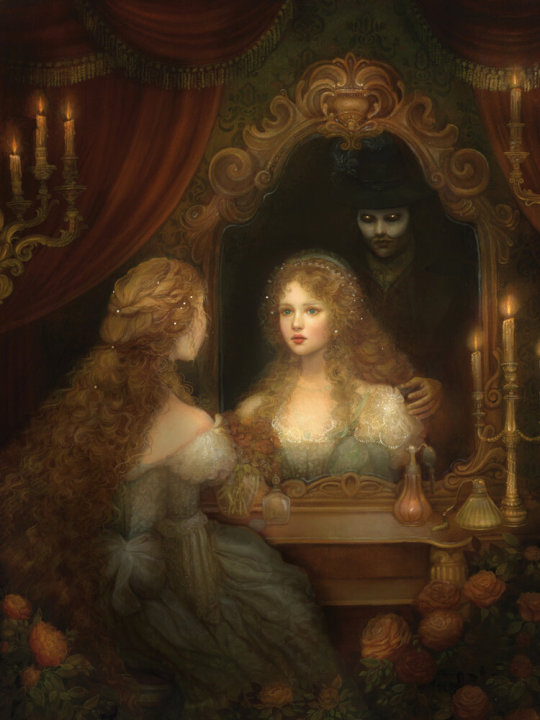

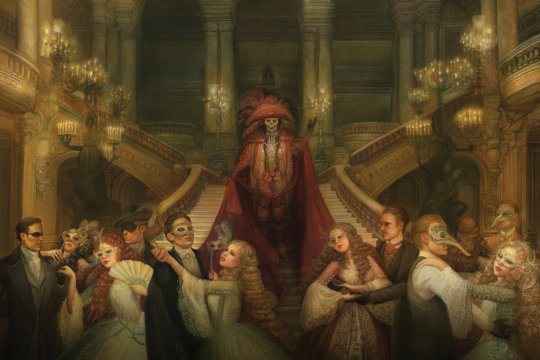


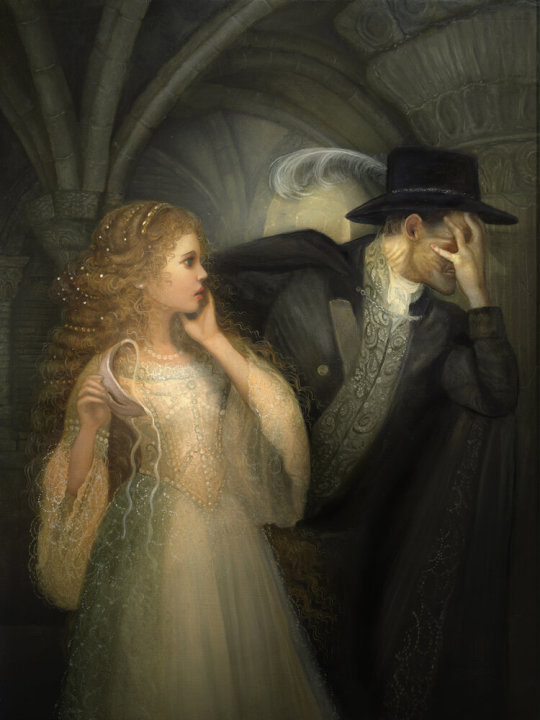
The Phantom of the Opera - art by Annie Stegg Gerard
#annie stegg gerard#the phantom of the opera#gaston leroux#horror art#book illustrations#masque of the red death#le fantôme de l'opéra#erik#christine daaé#easton press#2017
438 notes
·
View notes
Text
You know
I don't have a lot positive to say about the re-staged version of the ALW musical.
But I will admit I do kind of like the fact that Raoul barges into Christine's dressing room as she's undressing.
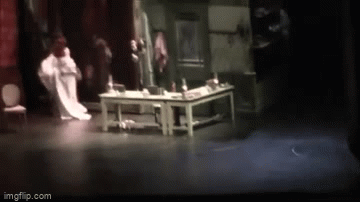
I like this because, on the surface its very ha ha, so awkward uwu, but it also highlights how very scandalous this very action is.
In 19th century theatre culture (especially in France) there's only one reason a man (the patron of the Opera, who is the main financial backer of the establishment) goes into a singer's dressing room with a bottle of champagne. Whether that is Raoul's intention doesn't matter: he's a man of society, he's the responsible one here, or he should be.
But setting that aside, this really makes me think about how Raoul is never thinking about Christine in a circumspect fashion. He is not thinking about the fact that this is a private area he is entering uninvited--a private area that is private for the very specific reason: at any point, Christine could very well be naked or otherwise in a state of vulnerability and/or undress behind that door. He does not knock, or announce himself. He either is not thinking about this or does not care. Both are bad.
(And yes I am conscious of the fact that Christine is not only undressing, but undressing in front of the mirror; the mirror that Erik is, in all likelihood, hiding behind, even as she does so).
To Raoul, as much as (perhaps even more so than) to Erik, Christine is an object. An object to be, by turns, admired, pitied, placated and protected.
Perhaps I find this so interesting because in the book, Raoul is shown to invade the sanctum samctorum of Christine's dressing room without her knowledge or consent several times.
"When you were pitying him the other night, the night of the masked ball. When you came into your dressing room, didn't you say 'Poor Erik'? Well Christine, there was Poor Raoul who overheard you!"
"That is the second time you have listened at my door, M. de Chagny!"
"I was not at your door! I was in the dressing room! In your boudoir, mademoiselle!"
An interesting contrast to Erik, who, in spite of abducting Christine, holding her against her will etc. always knocks three times on her door before entering her bedroom in the house by the lake, and gives her his word that in that apartment and in her dressing room she is assured of privacy from him.
"How can you believe yourself safer here in the theatre?" Raoul asked. "If you can hear him through the walls, then he can certainly hear us."
"No. He gave me his word that he would not be behind the walls of my dressing room again, and I trust Erik's word. My dressing room and my room in the house by the lake are mine exclusively, and are sacred to him.
Also very interesting to me is that on my fourth read of various English translations of the book [1911, 1911 restored, 1990 Lowell Bair, and 1996 Leonard Wolf] there is never any indication that I've noticed that Christine's mirror is two-way glass. It does not slide to the side as depicted in movies/ the musical. The mirror is built into the wall itself and turns with the wall on a pivot like a revolving door. There is never any mention of him looking at her through the mirror, only listening and speaking to her through her walls.
#phantom of the opera#poto#poto musical#poto book#poto restaged#gaston leroux#the phantom of the opera#erik the phantom#raoul de chagny#christine daaé#christine daae
906 notes
·
View notes
Text


Who was that shape in the shadows? Whose is the face in the mask?
#top 10 pictures taken before disaster#I like the original POTO mask from the book#so I used that one#artists on tumblr#art#digital art#fanart#artwork#phantom of the opera#christine poto#erik poto#poto fanart#christine daae#my art
154 notes
·
View notes
Text
KIRK: I saved the galaxy several times
SPOCK: I began the reunification of the Vulcan and Romulan peoples
PIKE: They named medals of honor and shuttles after me
ARCHER: I have 2 planets named after me and became the Federation President
SISKO: I'm the Bajoran Jesus
PICARD: I saved the Federation from the Borg 3 times, I am also the cherished pet of a god
DATA: There's a whole village of android synths built in my image
WESLEY: I evolved into a time travelling superbeing
JANEWAY: I captained my ship across the whole galaxy
B'ELANNA: My child is the Klingon Jesus
MICHAEL: I saved all life in the galaxy from an insane AI, and then helped rebuild the Federation 900 years later
O'BRIEN: I'm the most important person in Federation history
CHAPEL: I wrote a cookbook

#star trek#star trek discovery#the next generation#picard#sisko#ds9#o'brien#christine chapel#kirk#Spock#star trek book
183 notes
·
View notes
Text


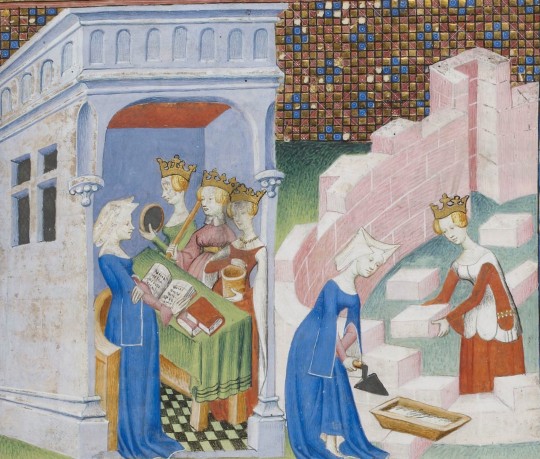
women reading and doing construction work
in a french manuscript containing Christine de Pizan's exceptional proto-feminist "Book of the City of Ladies" ("Le Livre de la Cité des Dames") from 1405, a literary work in which she envisions a society consisting only of admirable women in history
source: Paris, BnF, Français 1179, fol. 3 recto.
#christine de pizan#medieval feminism#history of feminism#the book of the city of ladies#feminist utopias#medieval art#medieval manuscript#illuminations
563 notes
·
View notes
Text
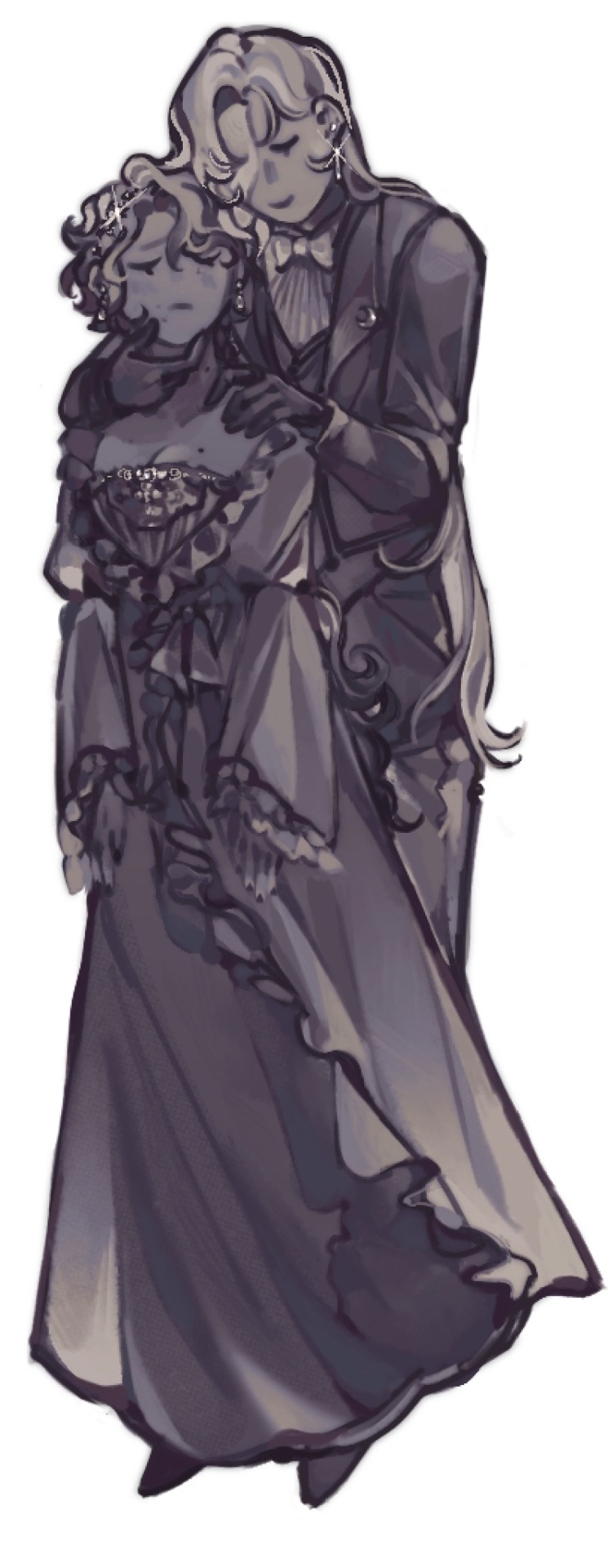
drew this (my vesper and cirrus as christine and erik) alike 4 months ago after finishing the phantom of the opera, this was my peak art actually
#obscura vn#didn’t really like tpoto tho#the only good character was the persian#the phantom was yucky not in a good way and same with raoul#however the aesthetic is still so!!#would love to read a book with just christine exploring the opera in a timeline when phantom is already long gone#i only ever post art to ramble about things actually#art tag 🏷
297 notes
·
View notes